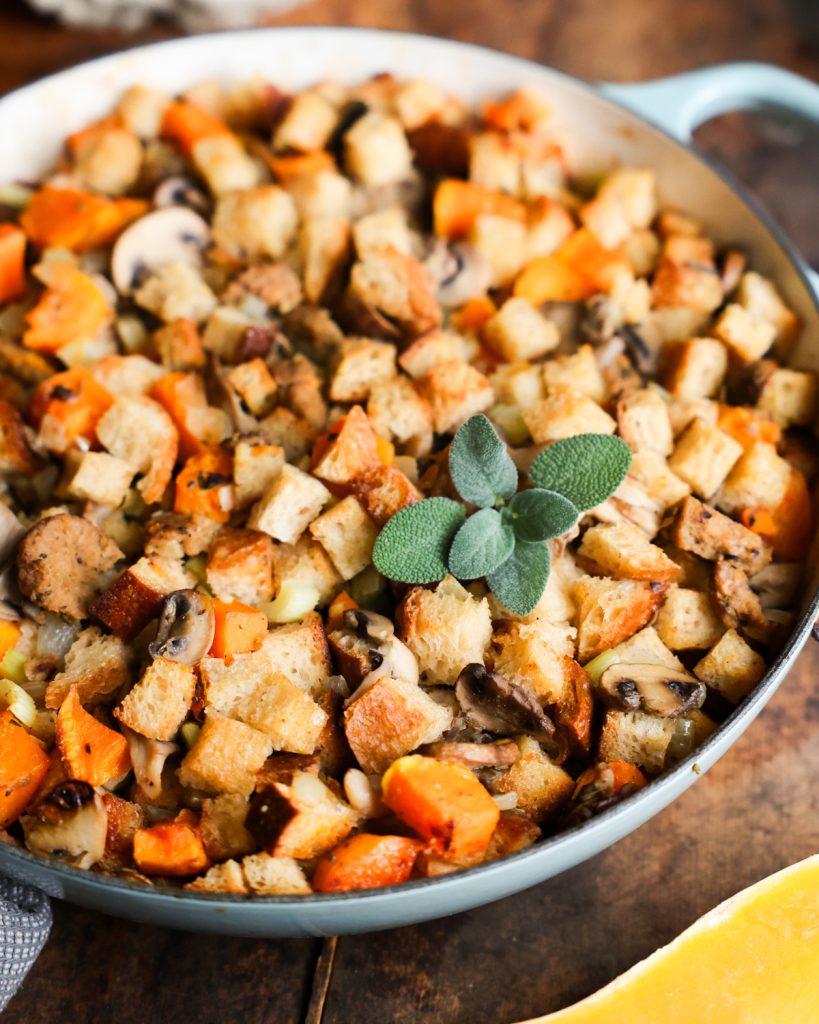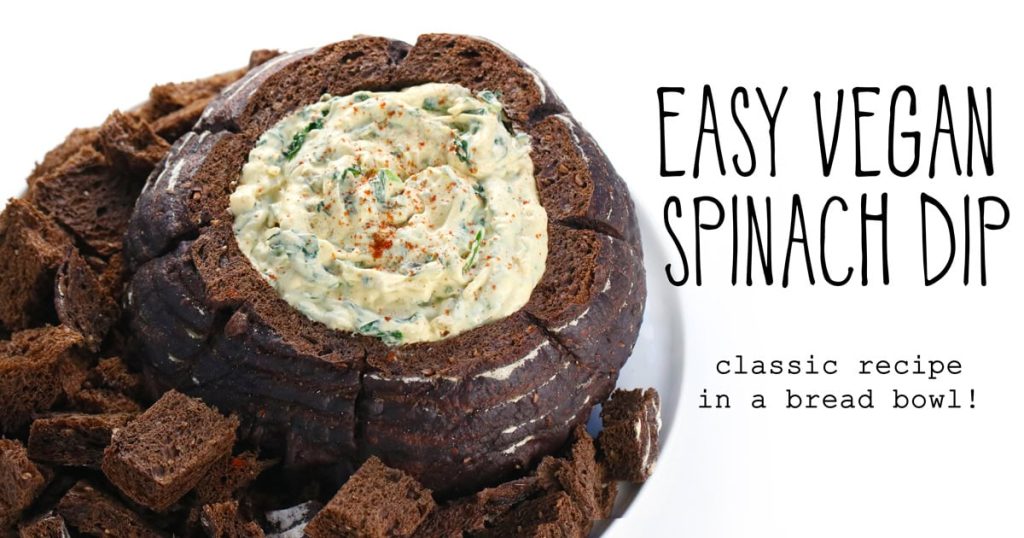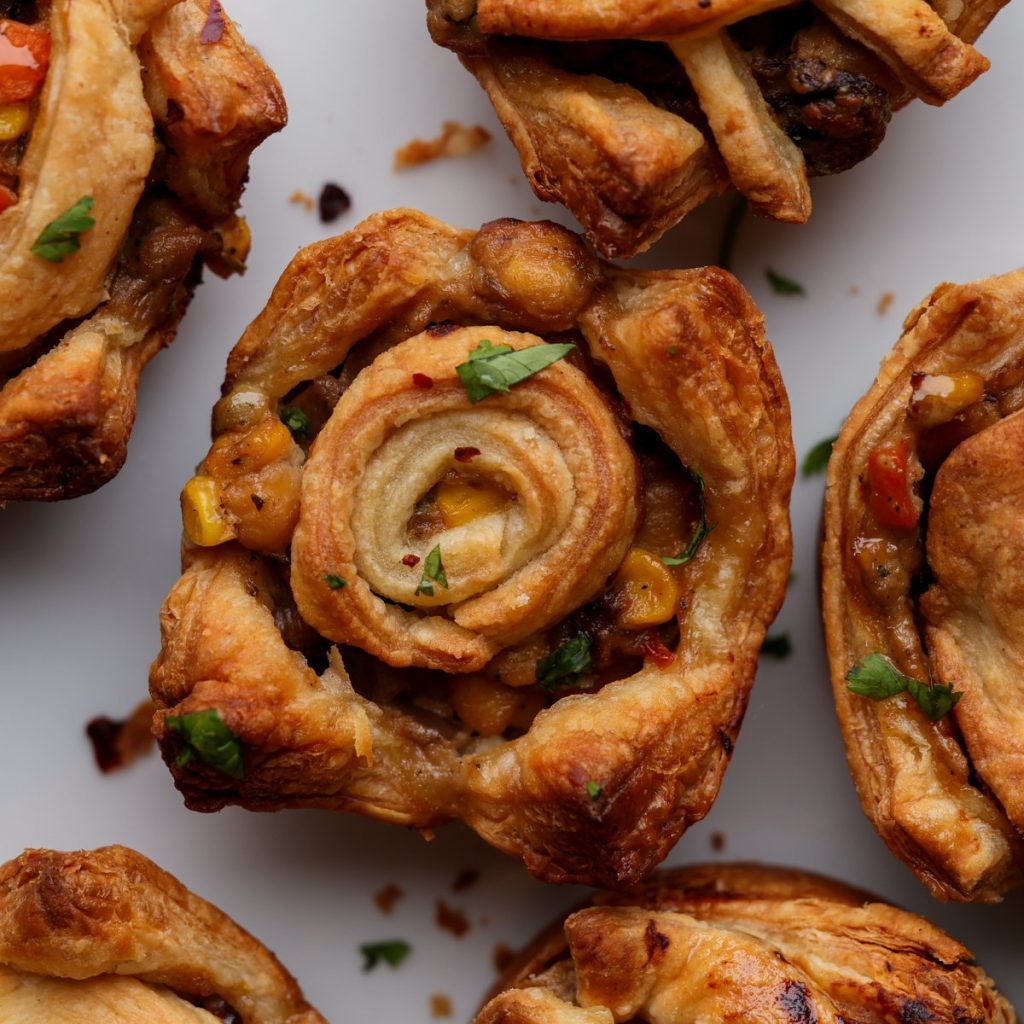by Evan Berry
For many people, the biggest challenge of transitioning to veganism is learning what to eat after removing animal products from their diet. It can be difficult to know which foods to buy and what to do with them. Fortunately, there is a wide variety of delicious food for vegans to choose from. This includes many of the common staples of vegan home cooking, along with tips on what to do with the ingredients. Select foods from each category that appeal to you and give them a try?there is no need to purchase everything at once. Once you get more familiar with vegan cooking, you will discover your favorite staple foods and begin to build a spectacular vegan pantry tailored to your own tastes.
*This list focuses on items that can be stored in a pantry or a fridge/freezer for a significant length of time. Of course, fresh veggies and fruits should make up a large portion of any healthy vegan diet. For the best value, look for seasonal fruits and vegetables.*
Beans / Legumes (Canned or Dried)
Black Beans: Use for a quick Mexican-inspired meal, or for simple but filling beans and rice.
Chickpeas: Use for hummus, curries, as a salad topper, or toast with spices for a snack.
Lentils:
Brown: Medium softness. Use in soups or as a taco filling.
Puy or Beluga: Firm lentils. Perfect in lentil salads or as a salad topping.
Red: Softest lentils. Great for dal (Indian stew) and as a soup thickener.
Split Peas: Cook in broth with onions, garlic, carrots, and liquid smoke/smoked paprika for a simple split-pea soup.
White Beans: Use in Italian soups, or in beans & greens dishes.
Canned Refried Beans: Season and use for Mexican dishes, serve over rice for a simple meal, or even as part of a savory breakfast for a quick protein boost.
Grains and Flours
Couscous (Rice Couscous for Gluten Free): Add steamed frozen veggies and tamari/spices for a super-quick pilaf.
Oats: Try steel-cut, rolled, or instant. For a simple breakfast, add nuts, dried fruit, nut butter, or coconut oil.
Pasta (Brown Rice Pasta for Gluten Free): Toss with sauce and veggies for one of the simplest vegan dinners around.
Polenta: Try this course cornmeal cooked with greens or mushrooms. Serve creamy, or let it solidify into a sliceable cake.
Quinoa: A quick-cooking alternative to rice, quinoa also provides complete protein. Rinse first to eliminate any bitterness.
Rice: Long-grain brown is a great all-purpose rice. Try arborio for risotto, basmati for a fluffy accompaniment to Indian meals, or Jasmine to accompany Asian dishes.
Buckwheat Flour: Mix with all-purpose flour or other baking blend for delicious pancakes.
Chickpea Flour: Mix 3 Tbs. chickpea flour with 3 Tbs. water for an excellent vegan egg substitute (equivalent to one egg).
Cornmeal: Use in cornbread or try it as grits for breakfast.
Specialty Flours: Find a new favorite! Quinoa flour and coconut flour are two specialty flours currently gaining in popularity.
Whole Wheat / Whole Wheat Pastry Flour: Substitute for bleached/processed flour for increased nutritional value.
Nuts, Seeds, and Dried Fruit
Pecans: Pack a handful for a filling snack. Try adding them to trail mixes or oatmeal.
Walnuts: Try soaking raw walnuts overnight with lightly salted water and then toasting at a low temperature. They lose all bitterness and develop a sweet and buttery taste.
Cashews: Easy snack, or use soaked raw cashews as a base for creamy sauces or soft/spreadable cheese.
Pine Nuts: For a Parmesan substitute, chop finely with salt and nutritional yeast, and a touch of apple cider vinegar.
Nut Butters: A few favorites are peanut and cashew. Buy pre-made or food-process your own.
Pumpkin/Pepita Seeds: Add to salads or trail mixes.
Sunflower Seeds: Try blending with liquid and for a creamy salad dressing base.
Chia Seeds: Combine with vegan milk, sweetener, and flavorings to make chia pudding.
Flax Seeds / Ground Flax seeds: Full of healthy fats, try sprinkling flax seeds on almost anything. Add 3 Tbs. water to 1 Tbs. ground flax seed to make an egg substitute.
Hemp Hearts: An excellent source of protein and good fats, throw a handful in a smoothie, or use as a topping for breakfast cereal, oatmeal, or salad.
Dried Raisins, Dates, Cranberries, etc.: can be used as healthier sweeteners or for snacking.
Oils and Vinegars
Avocado Oil: Full of healthy monounsaturated fats, try avocado oil in a salad dressing. Also great for high heat cooking.
Coconut Oil (Virgin): Delicious in cooking and baking as a healthy butter substitute. Try refined for a completely neutral flavor.
Flax Oil: A good source of Omega-3 fatty acids; use in cold applications like salad dressings or as an add-in smoothies. Do not heat flax oil.
Olive Oil: A delicious choice for medium heat cooking and baking, olive oil is also full of healthy monounsaturated fats.
Safflower/Sunflower (or other light oil): Neutral flavored oil doesn’t add unwanted flavors to baking.
Sesame/Toasted Sesame Oil: Toasted sesame oil adds great flavor to Asian dishes.
Apple Cider Vinegar: This vinegar adds a fruity zing to savory dishes and salad dressings. Try it diluted with water to help a sore throat.
Balsamic Vinegar: In addition to its familiar use in salad dressing, a dash of balsamic adds great umami flavor to a wide variety of dishes.
Red/White Wine Vinegar: Another essential vinegar for salad dressings, wine vinegar also works well for Italian cooking.
Rice Vinegar: Use to add brightness to Asian dishes and sauces.
Lemon/Lime Juice: Add a splash of lemon or lime to complete any dish that doesn’t already have an acidic component.
Other Pantry Items
Applesauce (unsweetened): Use as a low-fat oil/butter replacer in vegan baking.
Canned Coconut Milk: Use in curries, to add creaminess to sauces and soups, or even as a base for vegan alfredo sauce. Add to coffee as a creamer, or dilute with water to make coconut milk for drinking.
Canned or Jarred Tomatoes/Tomato Sauce: Use seasoned tomato sauce for a quick pasta dinner; try jarred tomatoes instead of fresh during the winter months.
Chocolate/Chocolate Chips: Make sure to stock up on vegan chocolate chips for baking?Enjoy Life is a popular brand.
Cocoa Powder and/or Cacao Powder/Nibs: Use cocoa or cacao powder to make vegan hot chocolate or to turn your morning smoothie into a dessert-like treat. Use cacao nibs as a sugar-free topping for vegan ice cream or yogurt.
Coconut Flakes or Shreds (Dried): Blend with water and strain for homemade coconut milk, or try adding to baked goods, granola, or Asian dishes. Coconut flakes can also be spiced in order to create coconut “bacon”.
Cornstarch/Arrowroot Powder: Use either of these powders as a thickener for sauces.
Popping corn: Pop in coconut oil and add salt for one of the easiest vegan snacks around! Try with a sprinkling of nutritional yeast instead of the usual buttery toppings.
Stock Cubes/Powder/Vegan Stock: Always keep some kind of stock around; soup is one of the easiest and most versatile vegan meals. Try adding stock to other dishes in place of water for added flavor.
Sugar: Coconut sugar or raw sugar is a great alternative to conventional sugar; if you do use conventional white sugar, be aware that many brands are not vegan due to the use of bone char in processing.
Sweeteners: Try maple syrup, agave, or brown rice syrup in place of honey.
Condiments/Sauces
Asian Sauces (stir-fry sauce, hoisin, spicy peanut): Add to vegetables and tofu and serve over rice for a quick and easy alternative to take-out.
Barbecue Sauce: Try marinating tofu or tempeh in prepared barbecue sauce.
Hot Sauce/Sriracha: If you like your food on the spicy side, a good hot sauce is essential. Sriracha is a popular hot sauce that adds great savory flavor along with heat.
Ketchup: This popular condiment adds moisture and flavor to lentil or bean loafs, which are healthy meatloaf alternatives.
Liquid Smoke: Use to replicate the flavor of smoked meats or cheeses (often used to add depth to savory dishes.)
Miso: Add to broth for a super-quick soup, or use to add umami flavor to salad dressings, tofu scrambles, or homemade vegan cheese sauces.
Mustard: Prepared mustard also adds great savory flavor to tofu scrambles and vegan cheese sauces.
Nutritional Yeast: Adds a cheese-like flavor. Many brands contain B12, an important nutrient that is uncommon in vegan food.
Pickles/Kimchi: Kimchi (as well as many pickles) contains probiotics, which are great for your digestion. These condiments also add a tangy/spicy flavor when used as a topping.
Salad Dressing: Keep your favorite vegan dressings around for a quick greens or legume salad.
Salsa: Top tacos or burritos, or add to vegan cheese sauce for a quick “queso” dip.
Soy Sauce/Tamari/Coconut Aminos: Use these sauces to add depth of flavor to most savory dishes.
Vegan Worcestershire: If you’re a fan of regular Worcestershire sauce, pick up an anchovy-free version to keep things vegan. Annie’s brand makes a good one.
Vegan Dairy and Meat Substitutes
Vegan Butter Substitute: Try coconut oil and salt (or garlic salt), or buy a prepared version.
Vegan Cheese: If you’re having trouble giving up cheese, there are many vegan alternatives available.
Vegan Milk: Packaged milk-alternatives like soy, rice, hemp, or coconut milk are easy substitutes for cow’s milk. Try a few to find your favorite.
Vegan Yogurt: If you usually have yogurt for breakfast or as a snack, stock up on soy or coconut yogurt. The unsweetened varieties can be used for cooking as well.
Tofu: The uses for tofu are almost endless; try firm tofu scrambled with spices and vegetables for breakfast, baked in a peanut-sauce for dinner, or in a stir-fry. Soft tofu can be added to smoothies or used as a base for creamy sauces or pie fillings.
Tempeh: Slice thinly and marinate overnight in soy sauce, oil, maple syrup, and liquid smoke/smoked paprika for a vegan version of bacon.
Seitan: A popular mock meat made out of wheat gluten; shred and add barbecue sauce for a sloppy-joe or pulled pork substitute.
Pantry Vegetables
You can keep these storable veggies around to add flavor, or, in the case of potatoes and sweet potatoes, for a quick meal.
Onions
Garlic
Potatoes
Sweet Potatoes
Frozen
Mixed Vegetables: Add frozen mixed vegetables to soups or Asian dishes. Try frozen stir-fry vegetables with sauce and rice for a quick dinner when you’re pressed for time.
Spinach: To boost nutritional content when you’re low on fresh veggies, add to pasta sauce, rice dishes, beans, soups, or green smoothies.
Peas: Try adding frozen peas to curries, pasta, or tofu scrambles.
Fruit: Frozen fruit is great for your morning smoothie, or for a healthy dessert.
Bananas: Peel and freeze ripe bananas, then blend with a little vegan milk for a quick ice-cream alternative. For fun, try adding cocoa powder, vanilla/mint flavoring, or peanut butter. Top with cacao nibs, vegan chocolate chips, or chopped peanuts/walnuts.
Spices
You can do a lot with a few basics. A few good spices to start out with are cumin, smoked paprika, cayenne, garlic/onion powder, Italian spice-blend, curry powder, Mexican spice-blend/taco seasoning, and turmeric (for color in “cheesy” sauces and tofu scrambles). A good sea salt and a pepper mill are great to have around, as well.
The post Stocking your vegan pantry appeared first on veganism.com.


